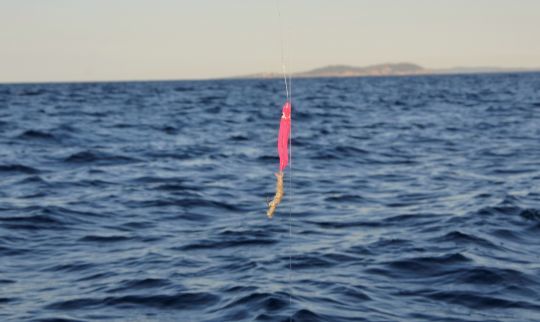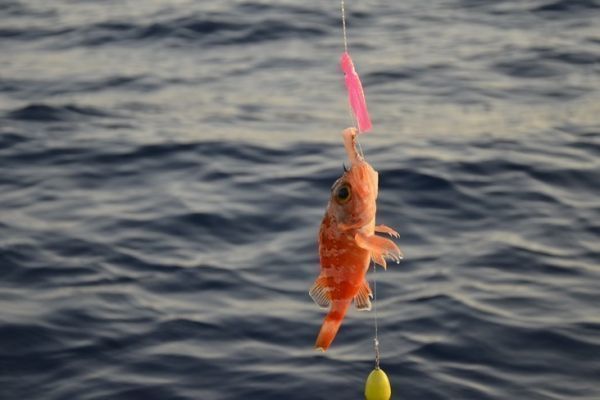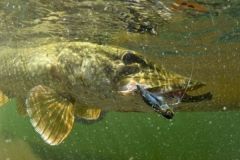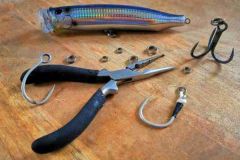Main applications
If you've ever fished in the sea, you've undoubtedly seen mounts or lures fitted with an octopus. Some lures, such as inchiku and madaï, are already fitted when you buy them in a store. Some also come with a silicone skirt which works in a similar way. You'll also find octopuses mounted on the assist-hook of jigs for exotic fishing, allowing you to target the fish's attack on the hook.
Deep-sea and inshore bait fishing rigs are also equipped with them, as the visual appeal of an octopus drastically increases the number of bites. Offshore trolling lures are also fitted with octopuses, from tuna and dolphinfish to warm-water marlin.
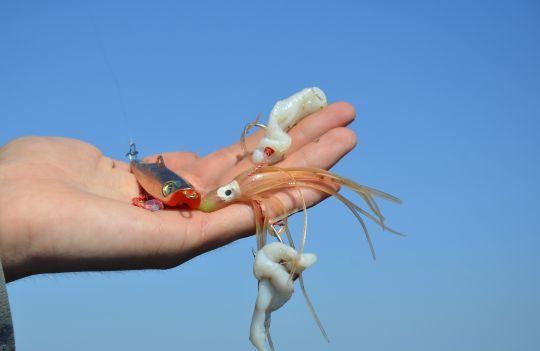
Sizes and colors
Fortunately, not all octopuses on the market are the same size or color. The smallest are often borrowed for sea fishing by the pallet lead, which is formidable in freshwater. Medium-sized sinkers are used on bait rigs to attract fish from a greater distance.
There are highly visible colors, as well as phosphorescent and UV-reactive colors for deep-sea fishing where sunlight is almost non-existent. Some have a large number of sequins and are more suitable for shallow surfcasting, where sunlight can reflect and imitate fish scales.
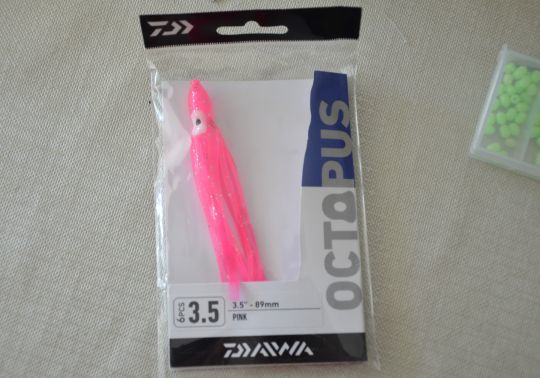
Why use octopuses?
The advantages of octopus are easy to understand, yet it is rarely used by fishermen. Let's not forget that the favorite prey of marine fish are cephalopods, since they are generally as easy to catch as they are to digest. An octopus on a rig or jig is simply an extra asset to increase your chances of catching a fish, and its price is usually derisory.
Under the effect of the current, the waves or the movement you can give it, all the octopus appendages will start to vibrate and trigger attacks you wouldn't have had otherwise. Try adding an octopus to any type of rig for sparid fishing (and for many other fish), you won't be disappointed!
